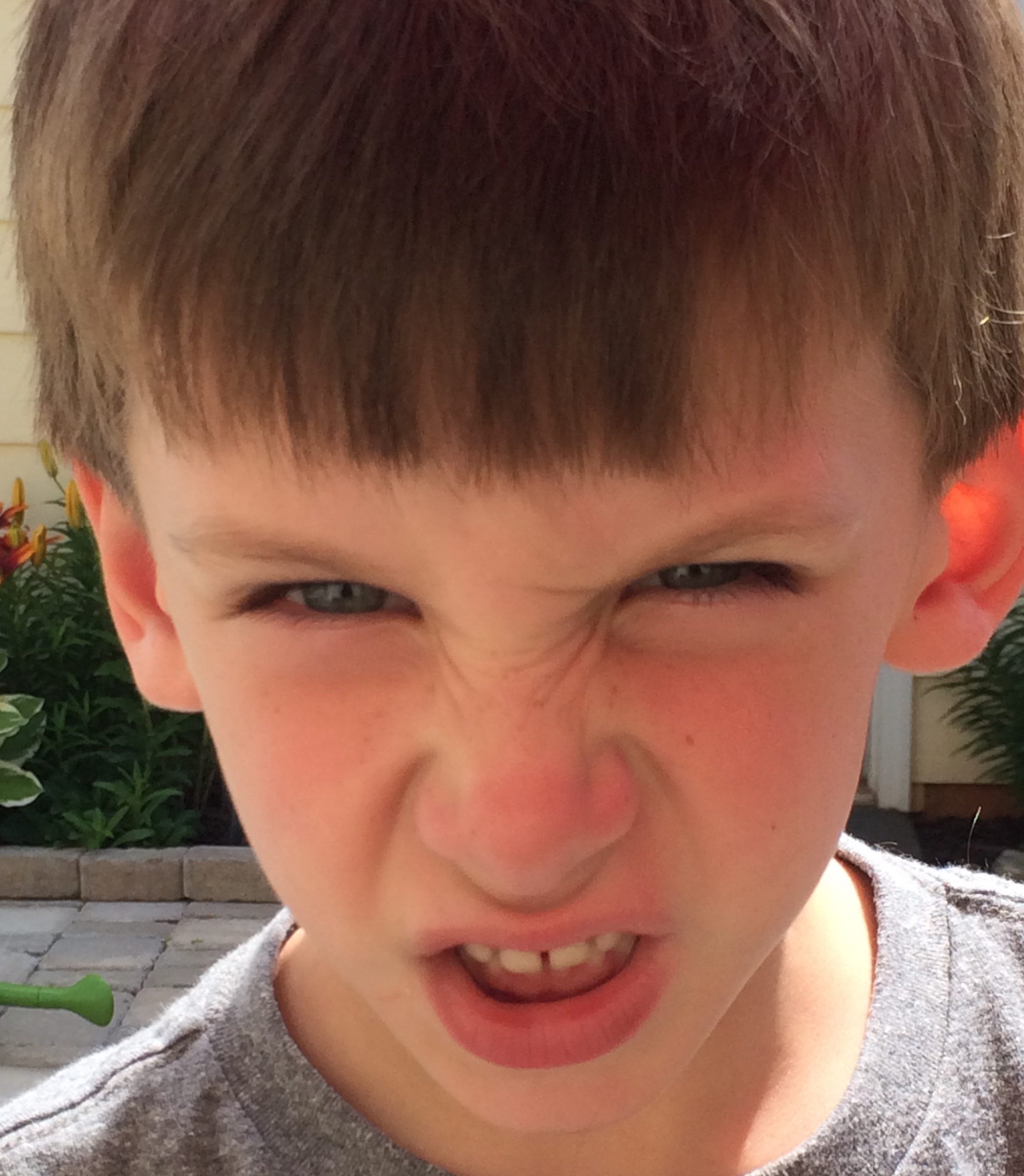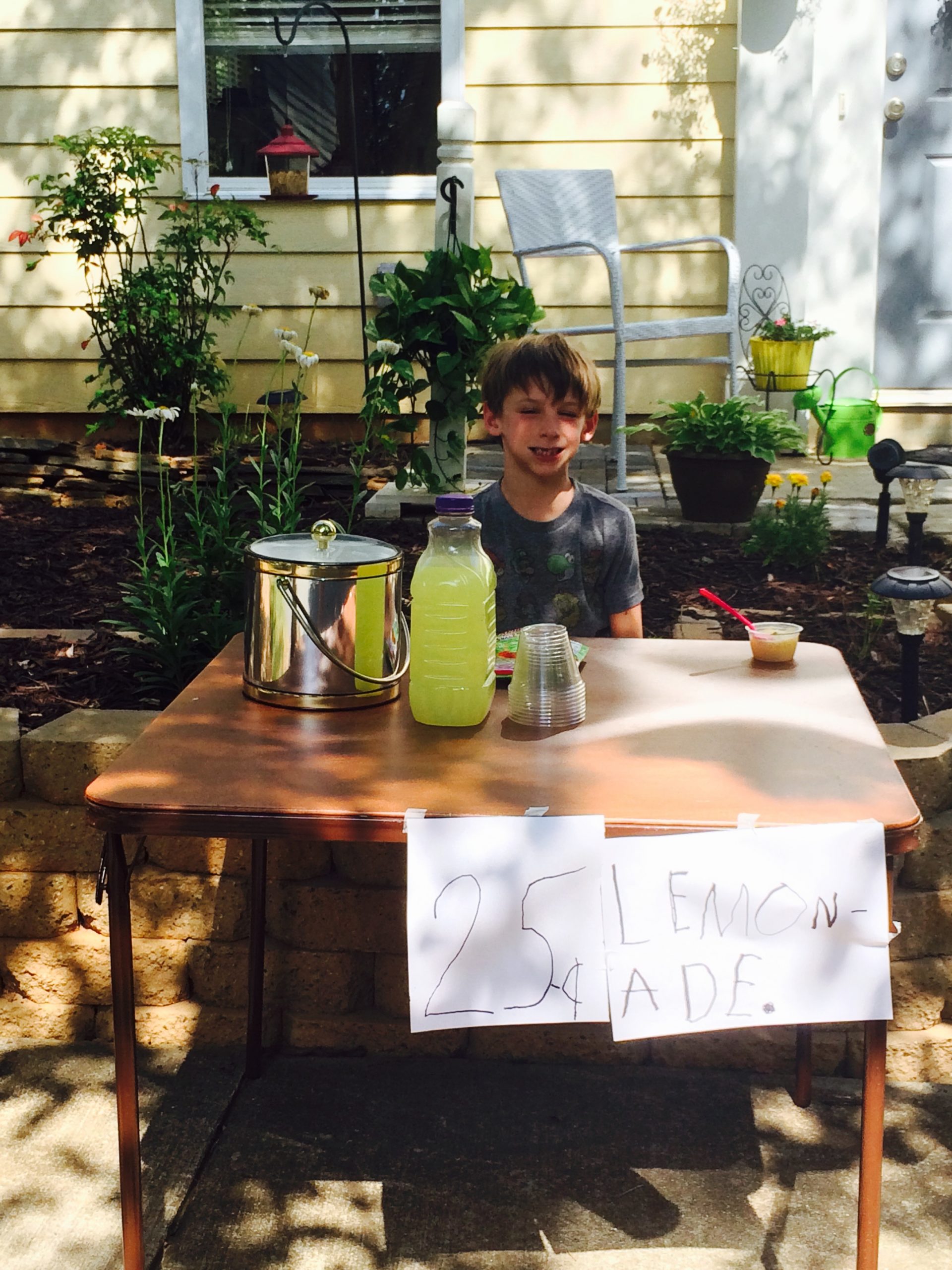Discipline in many schools is synonymous with punishment. And, is permitted in our schools today. However, corporal punishment is permitted in more than 30 states. Corporal punishment refers to causing pain or discomfort to a student or a person. It involves hitting, spanking, or smacking. Punishment is a method used to decrease a student’s behavior. It is the practice of training someone to abide to a rule or a certain behavior and affects people in various ways. Each student is different so, how can a punishment be a ‘one size fits all’?
Discipline or Punish
Most of the time, in general we punish our children or students because we get angry at something they’ve done. We also think it works. But does it really alter behavior? Or does it simply make the person giving the punishment feel better?
Educators and parents may feel that punishment is a teaching tool. However, it leads to fear and mistrust. It leads to lying to avoid punishment.
These two actions are not the same. The purpose of punishment is to inflict a penalty for a wrong doing. The purpose of discipline is to train for correction. Punishment deals with a past action. Discipline deals with future actions.
Alternatives to Punishment
Educators and parents must regulate their emotions. This enables the ability to model a response according to what you feel.
Let the student or child help solve the problem by providing choices.
Collaborate with the child or student so there is a win-win solution.
Keep in mind the relationship instead of the discipline when there is defiance. Find out the root of the problem.
 Positive techniques will improve undesired behaviors. We should create positive places for children and students. They should feel valued and encouraged, not belittled and degraded. Punishment creates an ending solution to a problem. It also indicates the teacher or parent is the judge and jury. Discipline creates communication between the adult and the student or child. Building relationships where we are able to understand actions will help us to improve unwanted behaviors in children and students.
Positive techniques will improve undesired behaviors. We should create positive places for children and students. They should feel valued and encouraged, not belittled and degraded. Punishment creates an ending solution to a problem. It also indicates the teacher or parent is the judge and jury. Discipline creates communication between the adult and the student or child. Building relationships where we are able to understand actions will help us to improve unwanted behaviors in children and students.




